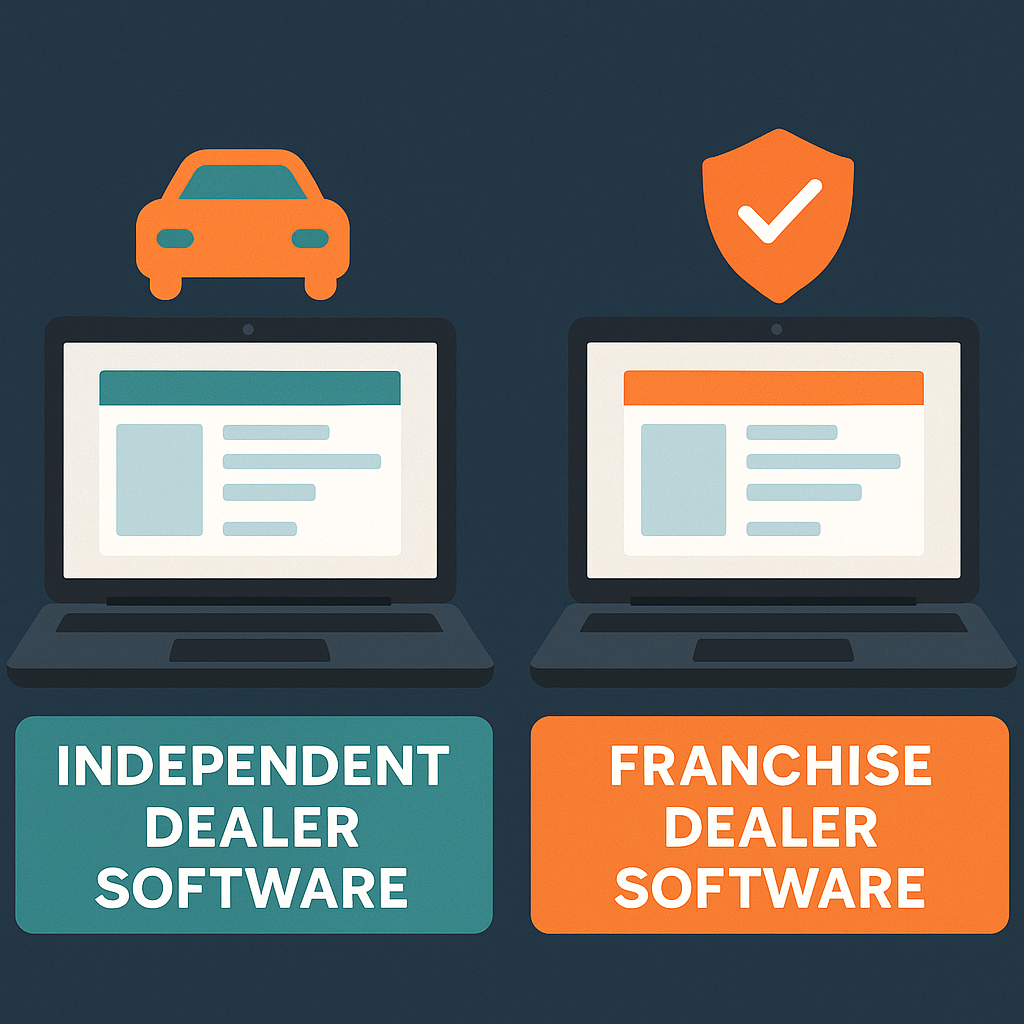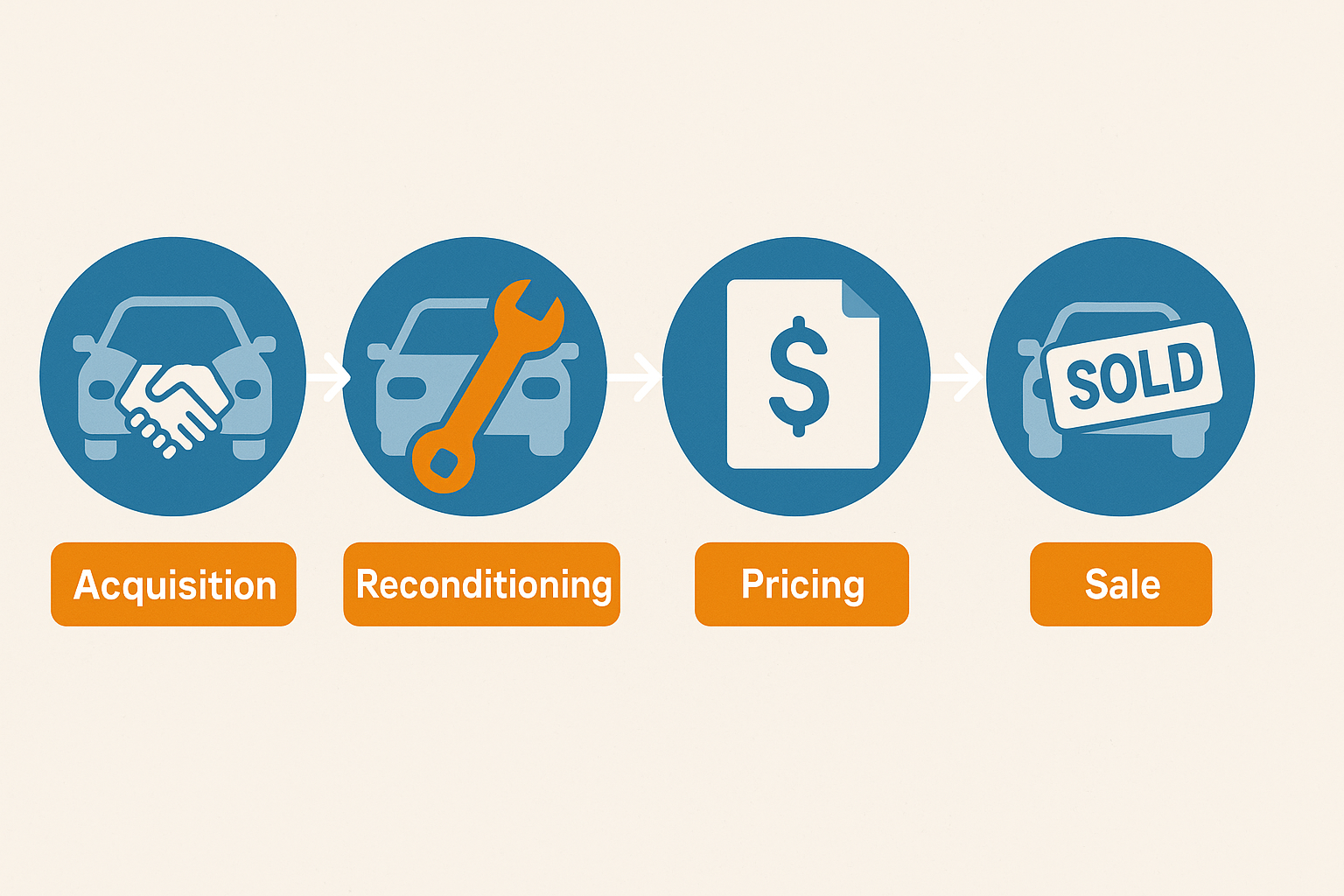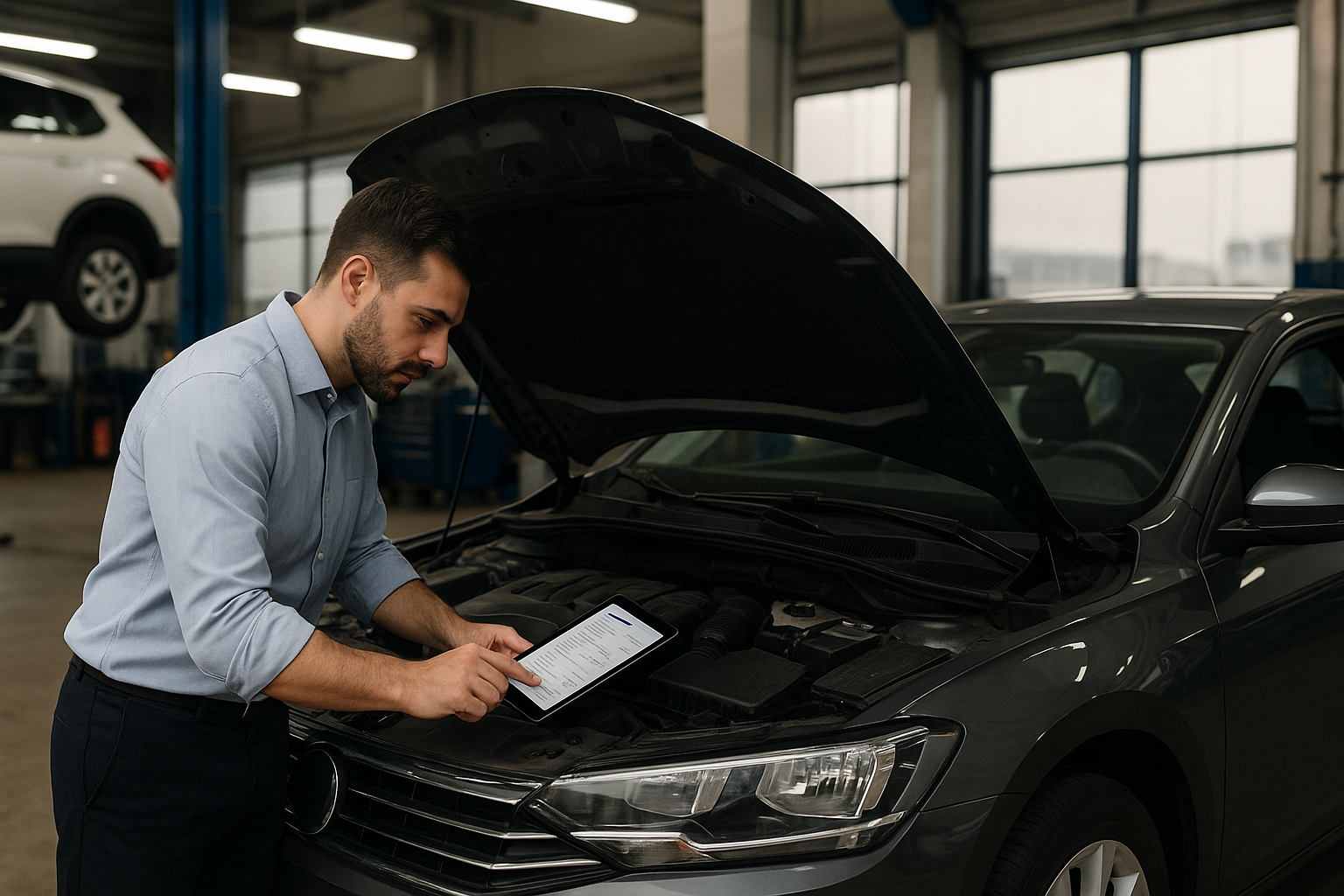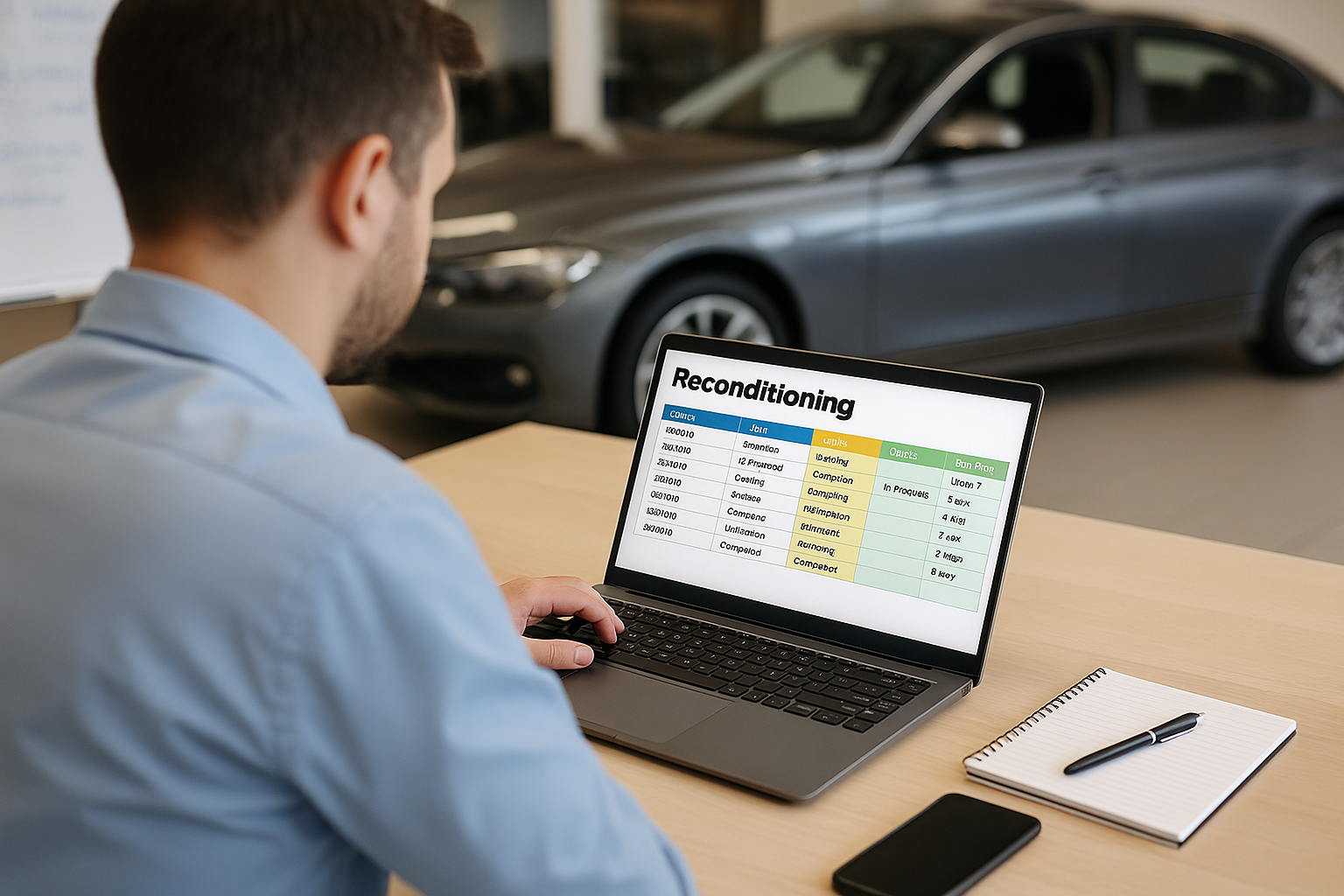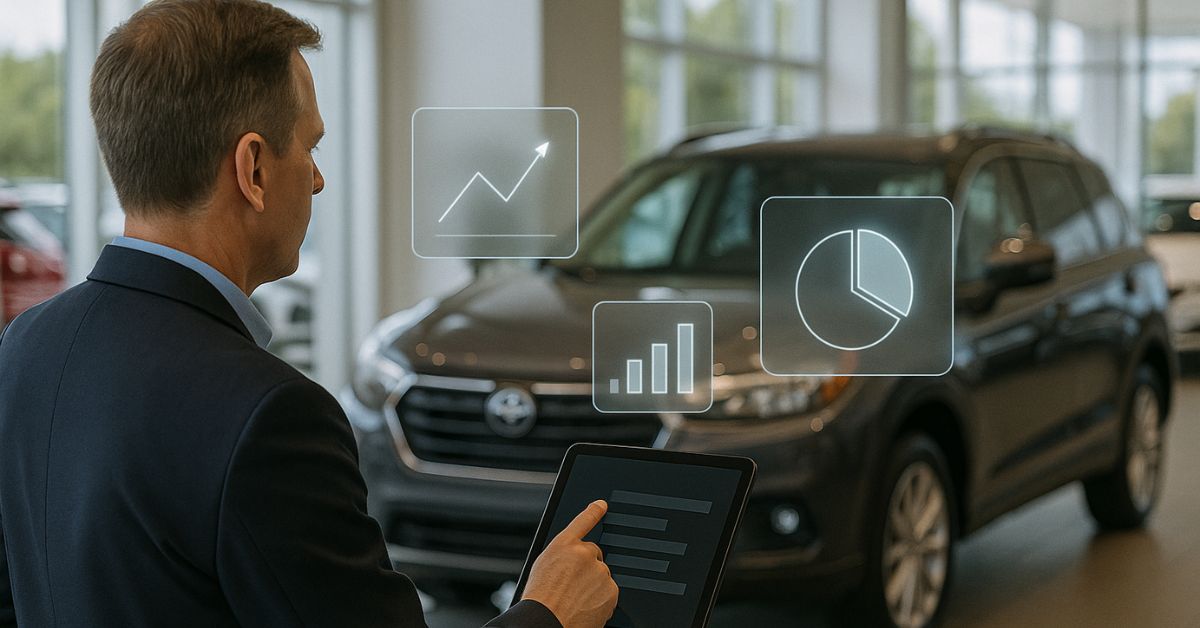The speed and efficiency with which a dealer can move a vehicle from acquisition to the frontline directly impacts profitability. A critical piece of this process is reconditioning, or “recon”. Recon involves bringing a newly acquired vehicle up to retail-ready standards and a recon checklist for reconditioning. However, ensuring a streamlined recon process is no easy feat and requires precision, structure, and consistency to prevent costly delays.
This blog will explore the core elements that should be on every dealership’s recon checklist for reconditioning and provide a blueprint to ensure cars are frontline-ready faster. Whether you’re rethinking your reconditioning processes or fine-tuning them for maximum efficiency, this checklist will ensure you stay ahead of the competition.
Why Recon Matters in Today’s Market
Dealers who master the reconditioning process have a distinct advantage over those who don’t. In today’s market, consumers are well-informed, often expecting near-new conditions for pre-owned vehicles. Recon is how dealerships meet these expectations while ensuring they don’t overspend on repairs, leading to diminished margins. For dealers, managing the balance between time-to-market and maintaining high vehicle quality is the key to success. That’s where an effective recon checklist for reconditioning becomes invaluable.
The Essential Recon Checklist for Reconditioning
1. Initial Vehicle Inspection
- Objective: Assess the overall condition of the vehicle.
- Details: The first step in any reconditioning process is a thorough inspection. This includes both a mechanical and cosmetic review. Look for any body damage, interior wear, mechanical issues, and potential fluid leaks. This initial inspection helps determine what work is required and prioritizes the recon workflow.
- Key Tip: Use a standardized form to ensure nothing is missed during inspection. Having a checklist per vehicle helps with consistency and record-keeping.
2. Mechanical and Safety Checks
- Objective: Ensure vehicle safety and performance.
- Details: The next step is to assess the vehicle’s mechanics. Brake pads, tire tread depth, and fluid levels are non-negotiable when it comes to safety. Inspect major systems such as the engine, transmission, suspension, and steering. Pay close attention to vehicle recall notices that may need addressing.
- Key Tip: Invest in diagnostic tools to catch issues that may not be visible. Make sure to prioritize safety repairs before cosmetic improvements.
3. Engine Diagnostics and Tune-Up
- Objective: Optimize engine performance.
- Details: Run diagnostics on the engine and address any check-engine codes. Replace spark plugs, air filters, and fuel filters if necessary. While not all vehicles need a full tune-up, addressing key performance elements ensures the car runs smoothly and efficiently.
- Key Tip: Include a thorough emissions test to ensure the vehicle complies with environmental regulations, which is a key selling point for customers.
4. Interior Detailing and Restoration
- Objective: Create a clean, appealing interior.
- Details: Reconditioning doesn’t just involve the engine and body – the interior matters just as much. Clean or replace any torn or worn upholstery, deep clean the carpets, and sanitize all touchpoints. Remove odors with professional-grade deodorizers and address any in-cabin electronics like the infotainment system.
- Key Tip: Don’t overlook small details like seatbelts, headrests, and cup holders. A spotless interior contributes heavily to a car’s perceived value.
5. Exterior Detailing and Cosmetic Touch-Ups
- Objective: Ensure the vehicle looks showroom-ready.
- Details: Dent removal, touch-up paint, and buffing out scratches are crucial for getting the car looking its best. This step also includes a full exterior wash, wax, and possibly replacing or restoring headlights for optimal clarity.
- Key Tip: Keep a close eye on the car’s body panel alignments – uneven gaps or misaligned panels could signal prior accident damage that needs to be addressed.
6. Wheel Alignment and Tire Inspection
- Objective: Ensure smooth handling and extended tire life.
- Details: Aligning the wheels and balancing the tires is essential for both the vehicle’s safety and its longevity. Inspect tires for uneven wear and replace any that do not meet safety standards. Make sure tire pressure is correct, and rotate tires if necessary to ensure even wear.
- Key Tip: A proper tire and alignment check will help avoid costly future repairs for the buyer and also add to the vehicle’s value.
7. Brakes and Suspension Inspection
- Objective: Guarantee a safe and smooth ride.
- Details: One of the most important recon steps is ensuring the brakes and suspension are in top working order. This includes brake pads, rotors, shocks, and struts. Listen for any unusual noises, squeaking, or grinding during the test drive.
- Key Tip: Since brakes are one of the first things consumers inquire about, having a complete brake system overhaul adds a tremendous value to the vehicle.
8. Fluid Check and Top-Up
- Objective: Ensure all fluid levels are optimal.
- Details: Every vehicle should undergo a thorough check of fluid levels, including oil, transmission fluid, brake fluid, coolant, and windshield washer fluid. Replace fluids where necessary, ensuring there are no leaks or contamination.
- Key Tip: Using premium-quality fluids can improve vehicle performance, providing peace of mind to the buyer.
9. Final Test Drive
- Objective: Confirm the vehicle is road-ready.
- Details: Before the vehicle is officially ready for sale, it should undergo a final road test. This allows the technician to ensure all mechanical issues have been resolved and that the car runs smoothly. Listen for any unusual sounds and check for responsiveness in braking and acceleration.
- Key Tip: Conduct the test drive under various road conditions to ensure the car handles well in all situations.
Automating the Recon Process: Why Efficiency Matters
Dealers know that the longer a car sits on the lot, the more its value depreciates. The time spent in recon can make or break a dealership’s profitability. This is why automating and tracking the recon process is critical. With the right tools, dealerships can identify bottlenecks, optimize workflow, and get cars to the frontline faster. Consistency in following the recon checklist for reconditioning helps ensure each vehicle receives the same high standard of reconditioning.
Carketa: Revolutionizing Recon for Dealers
At Carketa, we understand how vital it is for car dealerships to have an efficient and transparent recon process. Our reconditioning software takes the guesswork out of recon, offering real-time tracking, seamless communication, and powerful reporting tools to help dealers get cars frontline-ready faster than ever.
By streamlining your recon with Carketa, you ensure that every vehicle receives the same meticulous care while improving your time-to-market.
Interested in learning more about how Carketa can help you optimize your reconditioning process?
Visit Carketa.com today to schedule a demo and discover the power of efficient recon.
Explore related articles to learn more about software solutions for car dealerships:

